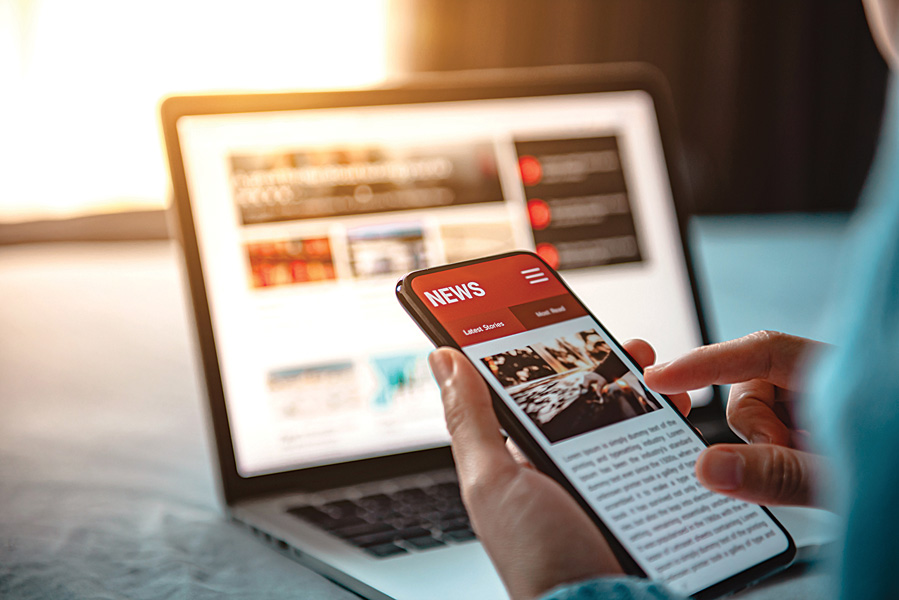4 Easy Facts About Popular News Shown
Table of ContentsSome Known Details About Popular News The 7-Minute Rule for Popular NewsThe smart Trick of Popular News That Nobody is Talking About3 Easy Facts About Popular News Described
Age is likewise a consider the means individuals view the role of social media sites. More youthful social networks news customers are more probable to claim it has actually affected their understanding for the better. Concerning fifty percent of social media sites information customers ages 18 to 29 (48%) claim information on social networks makes them much better notified, contrasted with 37% of those 30 to 49, 28% of those 50 to 64, and 27% of those 65 and older.Journalists consider news worths when figuring out whether or not to cover an event or news. Probably the most important aspect of newsworthiness is whether or not the news thing being communicated influences an information outlet's audience.
Study on a state's new tax code likely won't create the very same interest across state borders. Periodically experts can assist localize a larger national story that influences more than just a city or state.
If you are publishing newsworthy research, loop in MarComm prior to the post being released to make sure that the pitch can emphasize the newest aspect of the tale: the publication of the study. Occasions and news that include top-level numbers are extra most likely to create media coverage. Sees from nationwide numbers frequently need months of preparation because of expected community interest.
The Single Strategy To Use For Popular News

Human rate of interest aspects can add information value to other stories that might seem lacking in the other worths. The uniqueness or quirk of a situation can assist influence whether a news electrical outlet is most likely to cover a tale. While this is not an extensive checklist, examining to see if your story or occasion has these top qualities prior to contacting us will aid you determine which elements hold one of the most information value.

Not known Details About Popular News
There is likewise significant evidence that more customers could begin to spend for news in the futureif authors can comprehend them and offer them well. Half of those who do not spend for information actively look for information and resemble customers in numerous means. Popular News. And nearly 2 in 10 of those who do not register for news now show they are inclined to start to pay in the future
We then ask a collection of inquiries to determine whether individuals pay for specific sorts of information resources. We asked people to call the resources they use most oftenwhether they pay for them or nothow they use them, the details points they take into consideration vital regarding them, and some relevant inquiries concerning the cost and worth of that source.
People are drawn to news as a whole for two factors over others: A desire to be informed citizens (newspaper subscribers in specific are extremely motivated by this) and because the publication wikipedia reference they sign up for excels at covering particular subjects about which those customers especially care. While there are a host of factors, the No.
Even more than 4 in 10 additionally mention the truth that family and friends register for the same product. More than a third of individuals claim they initially subscribed in feedback to a go to website discount or promotion. In print, individuals additionally are moved heavily to register for obtain coupons that conserve them cash, something that has untapped ramifications in digital.
Popular News - Truths

We asked every person who told us they have a regular cost-free source of information how likely they would be to pay for it. Even more than a quarter (26 percent) claim they would go to the very least rather most likely to begin paying for itand 10 percent are extremely or exceptionally most likely. These most likely payers often tend to be news candidates, and they additionally often tend to be individuals that currently spend for a news registration in enhancement to the resource they adhere to totally free.
Of those that do pay, 54 percent subscribe to papers in print or electronically, which represents 29 percent of Americans in general. Many of them purchase a print publication together with their paper and pay for two to four news resources in total amount, some a lot more. And while 53 percent are veteran clients (5+ years), more than a quarter (27 percent) have actually purchased their newspaper membership within the past year.
Couple of print clients believe it most likely they will switch to a digital-only membership in the future, and majority of those that like electronic have actually never ever spent for a print variation of the same source. Popular News. Completely 75 percent of paper find out payers state they largely reviewed the paper in print, while 21 percent are mostly digital customers, and 4 percent describe themselves as evenly split